NAMI CHICAGO STRATEGIC PLAN
2023-2025
MAPPING A PATH TO WELLNESS
A plan anchored in community
At a time when our nation's mental health care system faces daunting challenges, NAMI Chicago sees opportunities. Our historic commitment to providing human connection has positioned NAMI Chicago as a trusted expert and mentor in building a recovery-oriented mental health system. As we advance our vision of a world that embraces mental health and mental illness, we have developed a strategic plan designed to set a strong, sustainable foundation.
Over the next three years, we will focus on five strategic areas that will help us create a culture of mental wellness where all people feel seen, heard and supported. Your support makes this path possible.
Join NAMI Chicago as we continue to educate, support and advocate so that mental wellness follows.
STRATEGIC GOAL 1:
STRENGTHEN OUR FOUNDATION
-
Making internal operations and technology improvements
Expanding professional development opportunities
Cultivating a NAMI workforce and Board of Directors that reflects the diversity of the community we serve
What this means:
Growing employee engagement and wellness programs
Enhancing our data collection and quality assurance capacity
Investing in our IT infrastructure
STRATEGIC GOAL 2:
INCREASE PREVENTION INTEGRATION
-
Recognizing that the prevention-crisis-intervention-postvention cycle happens differently for different people, and meeting people where they are with increased emphasis on prevention
Promoting new prevention programs, such as NAMI Chicago Chat and other programs for youth
Creating partnerships with direct service providers to help connect people to preventative services
Proactively supporting and enhancing the continuum of care for people in need, including those involved in the court system (View)
In order to:
Reduce reliance on emergency services (such as hospital inpatient stays) and increase engagement in ongoing supportive services (such as outpatient psychiatric and counseling services)
Increase connections to accessible supports within the community, such as resources to reduce food insecurity, housing instability, and parenting support, and expansion of Wellness Recovery Action Plan (WRAP) classes for mental health support
Build on our crisis intervention program to strengthen re-entry, housing and stabilization services for returning citizens
STRATEGIC GOAL 3:
EXPAND PROGRAM DEVELOPMENT
-
Joining forces with partners and trusted messengers to bring our mission to life
Developing new, responsive and inclusive services and programs based on the needs of our community
Expanding scale and depth of work with youth populations and their caregivers
Focusing on measurable outcomes for quality assurance
How this will happen:
More training and engagement opportunities for young people
Increase program engagement opportunities for NAMI Ambassadors
Expansion of programs, including Ending the Silence and Recovery Groups
Diversified partnerships and collaborations across the city, with a focus on south and west side neighborhoods
Further development of Workforce Wellness trainings
STRATEGIC GOAL 4:
INSPIRE WORKFORCE INNOVATION
-
Building a program of excellence for recovery-oriented training that is different from traditional education institutions
Shaping and elevating the breadth of education available for those working in mental health beyond the medical model
Facilitating higher quality and increased cadence of training, knowledge-sharing, thought leadership, and partnership among those involved in mental health treatment and/or support
So that we can:
Connect policy decision makers with peer workers and practitioners to deepen their understanding of issues and solutions needed in the mental health system
Elevate the value of peer support workers and Certified Recovery Support Specialists (CRSS) in the mental health system, and expand the peer support network
Develop increased training and internship opportunities for peer support workers and CRSS’
STRATEGIC GOAL 5:
ADVANCE MENTAL HEALTH SYSTEMS CHANGE
-
Shaping advocacy and policy across the mental health and broader healthcare systems
Highlighting improvements in accessibility to care, equity of access, and flexible treatment options in the mental health and broader wellness space
Elevating diverse narratives to inform advocacy and policy efforts
Building community support for providing basic needs such as food, housing, and safety
How we can help:
Implement our advocacy efforts as guided by our core values and policy needs assessments
Actively work on current and future policy campaigns
Support research
Review advocacy outcomes to adapt and advance our approach moving forward






